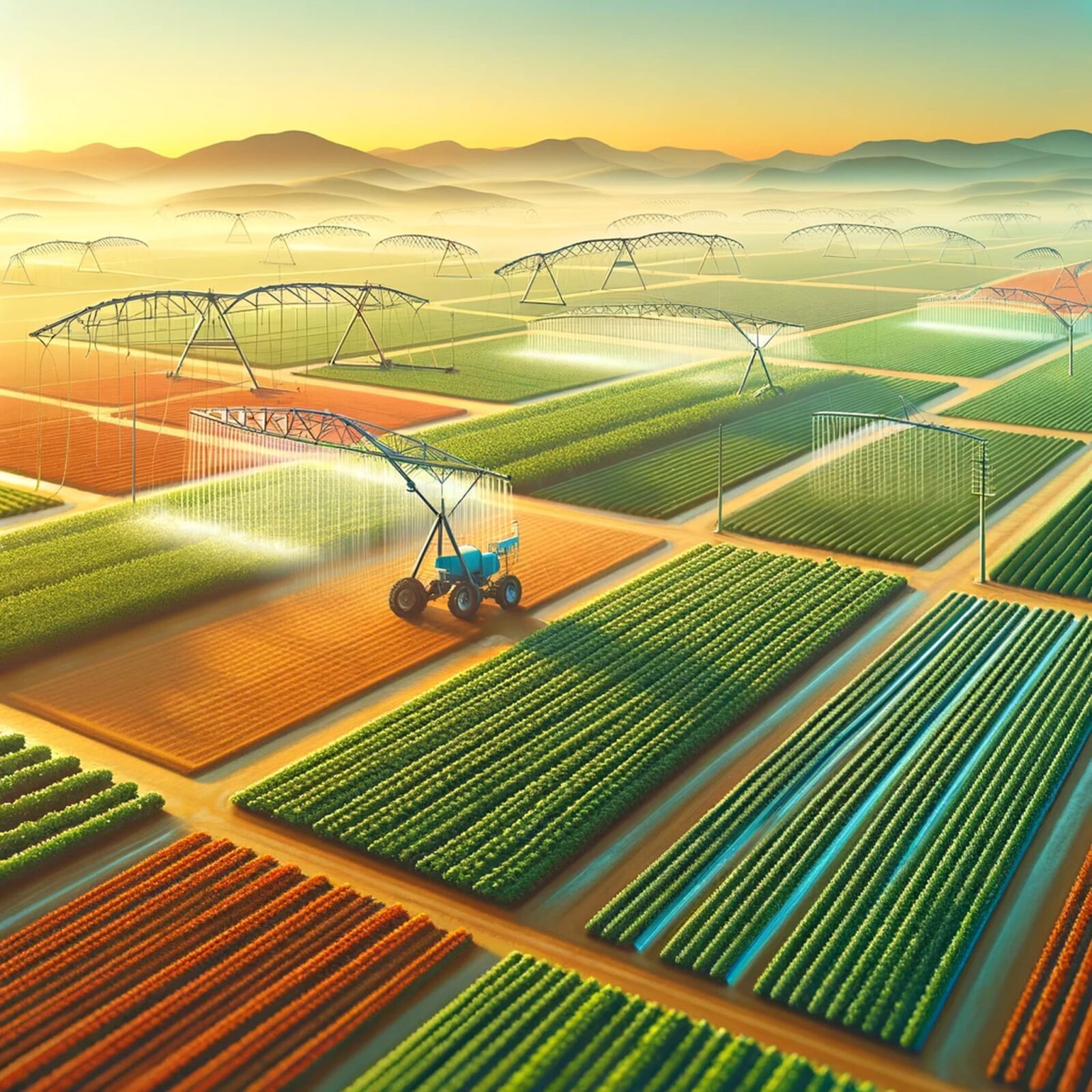Unearthing a quiet giant: Australia’s rising truffle industry

 NATIONAL CHALLENGES AND OPPORTUNITIES / Wednesday, 7 August 2024
NATIONAL CHALLENGES AND OPPORTUNITIES / Wednesday, 7 August 2024 
In the coming decade, Australia’s rural industries will be shaped by significant forces that have the potential to disrupt how we produce, market and consume agricultural goods.
Understanding how to build on the opportunities and combat the challenges created by these forces, which include shifting global market dynamics, intensifying social and political pressures, and the heightened impact of a changing climate, is the aim of a new ‘horizon scanning’ research report from AgriFutures Australia and Tenacious Insights.
Navigating a Future of Cross-Sectoral Forces reports that now, more than ever, rural industries must prepare to adapt and thrive in the face of an uncertain future – which will see accelerated digitisation, shifting temperatures, disruptive technologies and an ongoing energy transition profoundly influence agricultural systems and supply chains.
Managing Director, AgriFutures Australia, John Harvey said Navigating a Future of Cross-Sectoral Forces was developed through cross-sectoral collaboration and included a combination of expert interviews, extensive stakeholder engagement and desktop research.
“Navigating a Future of Cross-Sectoral Forces aims to equip stakeholders in the Australian agricultural research community with the insights needed to forge impactful and positive pathways through transformative times,” Mr Harvey said.
“By understanding these pivotal changes and preparing strategically, we can help deliver resilient and productive rural supply chains that are ready to build on the opportunities of tomorrow.
“The exponential nature of technological advancement and systemic changes to traditional farm production systems, exacerbated by forces like climate change and geopolitical instability, means that we have to be better prepared and equipped for what comes next. Collaborative research that future-proofs and fosters the long-term prosperity of Australia’s rural industries is vital in order for that to happen.”
Navigating a Future of Cross-Sectoral Forces updates previous work investigating the forces impacting Australian agriculture, and has been developed to provoke conversation and debate by exploring a range of plausible futures.
These are underpinned by 10 major forces, which include:
Managing Partner, Tenacious Insights, Sarah Nolet, who authored the report, said horizon scanning is not about predicting the future, but exploring a broad range of possibilities to better prepare rural industries for what comes next.
“The scenarios and forces presented in the report are designed to provoke novel and unexpected ideas, inspire innovation, and encourage a rethinking of research priorities across rural industries,” Ms Nolet said.
“So, while useful for producers and the wider supply chain, this report is aimed at stakeholders in the Australian agricultural research, development and extension community, plus policymakers. It aims to inform and guide the strategic decisions that will shape the future of rural industries in Australia.”
“By considering not only existing challenges and opportunities, and their current trajectories, but also emerging and future trends and how they are likely to collide, Navigating a Future of Cross-Sectoral Forces offers a clearer perspective on possible issues, helping to facilitate proactive engagement at a regional, national and global level.”
As well as identifying the major forces impacting rural industries, Navigating a Future of Cross-Sectoral Forces also includes a number of hypothetical future ‘real life’ scenarios – from a citrus grower who manages a renewable energy cooperative to a biosecurity analyst navigating cross-species threats – in order to illustrate how farm businesses could operate in 10 to 15 years’ time.
AgriFutures Australia, Senior Manager, Rural Futures, Jane Knight said it was important to highlight how businesses might practically navigate future complexities.
“While the topics raised in the report cover issues that have been on the horizon for some time – what’s different about Navigating a Future of Cross-Sectoral Forces is that it considers how those issues are interconnected across a number of future scenarios and how they can’t be viewed in isolation or tackled alone by individual commodities,” Ms Knight said.
“Australia’s rural research, development and extension community must work in partnership to not only overcome the challenges we face but, more importantly, take advantage of the opportunities before us. It is only through effective collaboration that we will drive the systemic shifts required to ensure Australia’s rural industries are on the front foot and prepared for what the future has in store.”
Register for the live webinar invitation discussing the Future of Cross-Sectoral Forces report
Download the full Navigating a Future of Cross-Sectoral Forces report
Media enquries:
For more information or to arrange interviews please contact: Matt Peacock, DCPR Business Director on 0408 362 696 or via
 TRUFFLES / 07.08.24
TRUFFLES / 07.08.24  HONEY BEE & POLLINATION / 07.08.24
HONEY BEE & POLLINATION / 07.08.24  WORKFORCE AND LEADERSHIP / 07.08.24
WORKFORCE AND LEADERSHIP / 07.08.24  RICE / 07.08.24
RICE / 07.08.24